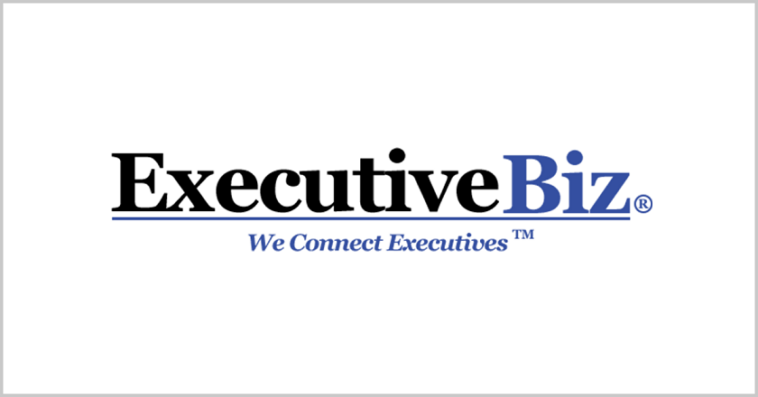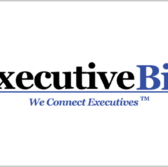The United States government has recently been called upon to respond to several urgent and wide-spanning emergencies. The COVID-19 pandemic ushered in a swift, comprehensive federal government response to the crisis in the form of $2 trillion in emergency funding for programming and funding aimed at addressing the impacts. Many natural disasters, from destructive wildfires in California to historic hurricanes slamming the coast, have tested the federal government and government agencies’ capacity to respond. In the past, the federal leaders needed a helping hand to react cohesively and quickly to emergencies. Still, a scalable workforce is a crucial component to delivering a positive citizen experience.
Table of Contents
Has the President issued any directives impacting the customer experience delivered by the federal government and its agencies?
The directive to improve the citizen experience comes directly from the top. President Biden recently passed an executive order to “put people at the center of everything the Government does.” Whether that means searching for a vaccine appointment, going through a TSA security checkpoint, or seeking information on retirement benefits, Americans expect their government to respond to their needs. In total, the executive order encompasses 36 customer experience improvements across 17 federal agencies to improve the lives of Americans and the “delivery of government services.”
The executive order itself outlines the challenges the federal government and agencies face in addressing administration tasks: “In recent years, the annual paperwork burden imposed by executive departments and agencies on the public has been in excess of 9 billion hours. That number is too high.”
Federal agencies see a consistent stream of inquiries, questions, and requests from Americans and, at times, are overwhelmed with demand. Technology can undoubtedly play a role in easing this demand. Self-service channels like websites, text and chat, mobile apps, and automated phone systems are part of the President’s plan to improve the federal government’s customer experience. However, empathetic people that are up-to-date on common citizen questions and situations are also an essential component to delivering a quality customer experience. It’s nearly impossible to staff the precise number of workers to keep up with the ups and downs in demand for federal government services. A scalable workforce that can adjust to the appropriate level of inquiries and questions could be a cost-effective solution that can also deliver the level of customer service the President has ordered.
When should federal agencies utilize a scalable workforce?
Workforce shortages are nothing new for the private sector and the federal government. When there is a lack of qualified workers to fill critical positions and roles, the federal leaders often bring in outside help. Instead of estimating the number of customer service representatives needed at all times, scalability allows seamless adjustments in the number of customer service agents available during peak or slower times.
Last year, IRS customer service representatives answered only 9 percent of calls. What happens when federal agencies are tasked to quickly deploy a new, large-scale program? Coordinating such an effort with existing resources can be challenging.
In March 2020, the US Small Business Administration (SBA) requested contact center assistance for two new emergency relief programs: the Economic Injury Disaster Loan and the Paycheck Protection Program. These programs were meant to support small businesses impacted by a temporary loss of revenue because of the pandemic. They needed thousands of readily available agents very quickly.
How did the SBA manage the rollout of the EIDL and PPP relief programs?
Within one week, Liveops designed a program that met the needs of the SBA and its
customers. This entailed activating a network of qualified agents who could augment overflow volume reliably with excellent quality. At launch, Liveops agents managed tier-1 inbound calls, primarily responding to general information inquiries, eligibility, and application status updates. Peak call volume in the first week was 90,000 calls per day, compared to an initial forecast of 60,000.
As the program evolved, call spikes were common. The peak call volume was 136,000
calls handled per day. The virtual workforce allowed for weekend coverage, averaging 20,000 calls per day and peaks of 60,000 calls per weekend day. Liveops agents answered 80% of calls within 20 seconds with minimal calls transferred to the SBA escalation line. A scalable workforce was a pivotal element to rolling out these vital programs that helped stimulate the economy and keep businesses afloat during the uncertain times brought on by the COVID-19 pandemic.
How else will a scalable workforce benefit Americans?
Federal agencies need the ability to scale their workforce when the demand arises. This benefits not only citizens but agencies themselves. A scalable workforce provides more bandwidth for personalized, empathetic care — when more representatives are available to take calls during busy times, the quality of citizen service increases.
A scalable workforce allows federal agencies to respond to disasters more efficiently and with greater empathy. The United States is seeing more natural disasters and will undoubtedly need more resources in the future to respond. In 2021 alone, there were more than 120 federally recognized natural disasters. Nothing is more important in an emergency than receiving a helping hand when you need it, no matter the day or time.
With a streamlined and scalable federal government response, survivors won’t have to navigate a complex Government bureaucracy or fill out multiple forms from different agencies to get the help they need. Instead, Americans can focus on the well-being of their families and communities in the wake of a disaster.
Conclusion
With the Biden administration’s focus on CX, orders are coming from the top for agencies to improve how they provide services to Americans. Citizens often turn to the federal government and its agencies during major life milestones: retiring at 65, searching for assistance with medical bills after the birth of a child, or when turning 16 and getting a driver’s license. It’s evident the federal government workers supplying and administering these services often don’t have the resources to provide a quick, empathetic, and seamless customer service experience. However, a scalable workforce can provide more bandwidth to provide vital resources during pivotal life moments, natural disasters, and when the federal government must quickly roll out vital relief efforts.
About the Author

Jon Brown, VP of Client Results, is an advocate and supporter for flexible workforces that empower individuals to work around their lives. He has held a variety of leadership roles in the BPO space, including serving in leadership roles at Liveops since 2016. He lives in the Salt Lake City area, and enjoys spending as much time as possible outside.





